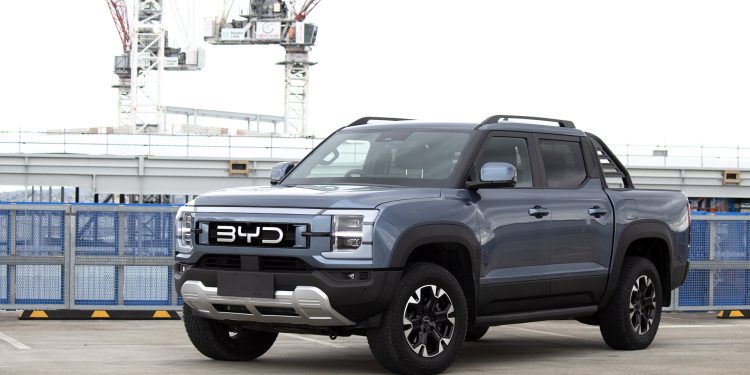BYD Shark NZ Pricing and First Drive
Kyle Cassidy - NZ Autocar magazine
The New Zealand price for the BYD Shark 6 plug-in hybrid ute has been revealed. Like the teeth of its namesake, it’s sharp. Will it get Kiwis thinking about whether it’s time to switch to a new kind of ute?
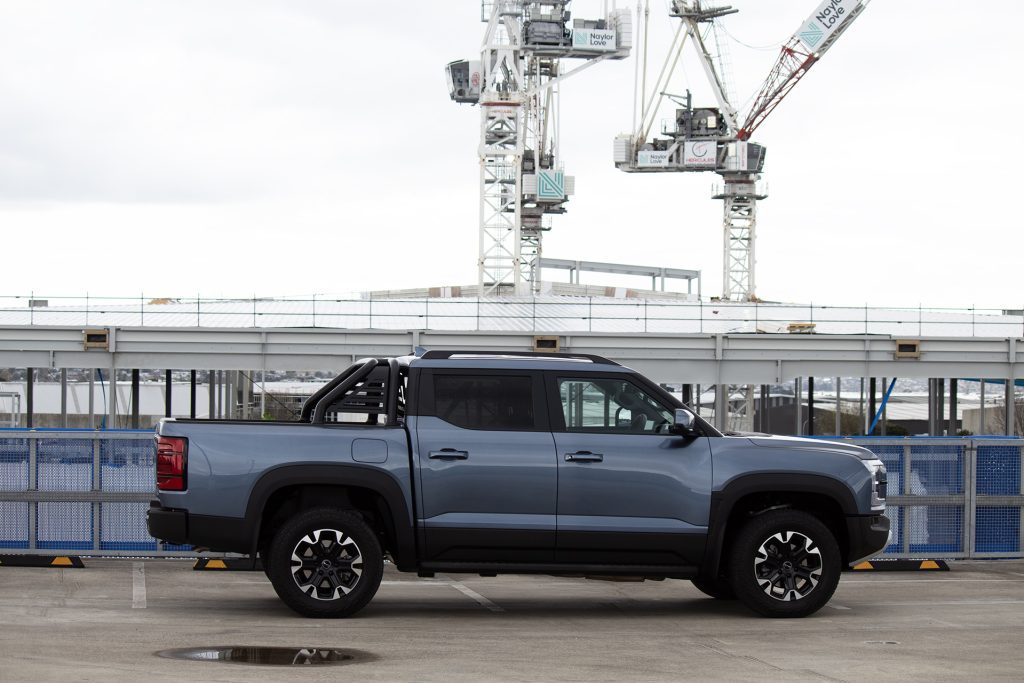
So what is the NZ price of the BYD Shark 6?
It will land at $69,990, and will be available as one, high spec Premium model. That figure however is described as ‘launch pricing’, so it’s likely to increase once the honeymoon period is over.
For reference, the Ranger Wildtrak bi-turbo (a ute with a comparable but still inferior spec fit out) is $76,990. A more value-led product, though still one with a respectable specification, like the Triton VRX, is $59,990.
BYD NZ has a full range of accessories available at launch including canopies, roof racks, seat covers and more. They’re working on a flat deck too.
The Shark 6 – a Super Hybrid
The Shark is based on the same hybrid tech as the Sealion 6 with two motors and an engine outputting a combined 321kW and 650Nm of torque. With a 29.58kWh battery underneath, BYD says it has a range in engine off/EV mode of ‘up to 100km’. However this is an NEDC test number. It can be charged with both AC (7kW) and DC (55kW).
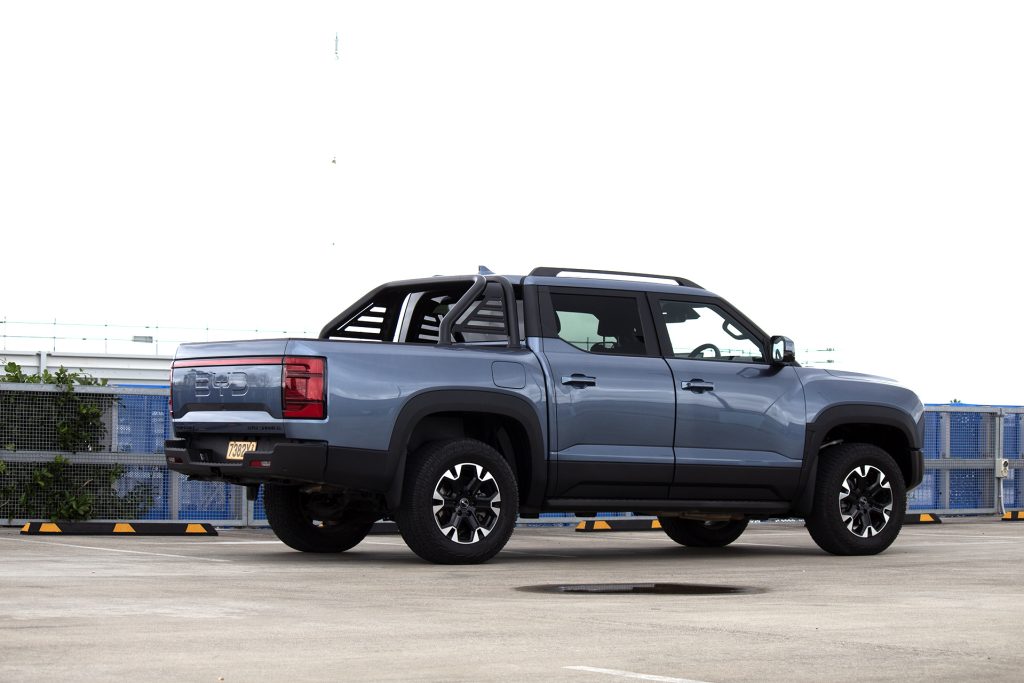
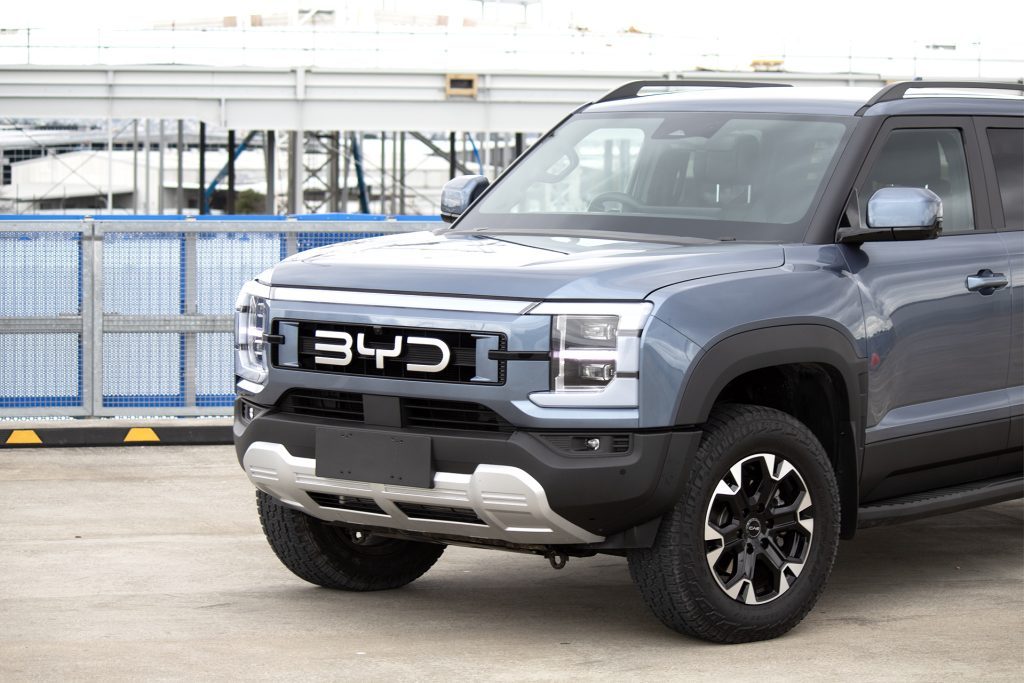
A brief encounter
We had a brief drive of what they call a pre-production vehicle. Evidently, the truck pictured isn’t quite what we’ll see here. It’s likely to lose the rear sports bar for instance, while the operating system is likely to be different too. BYD both here and in Australia have also requested a few tweaks to the steering tune and roll bar settings, and the final tyre spec is TBC. So we’ll reserve judgement until we drive the actual NZ-spec truck here in a couple of months’ time.
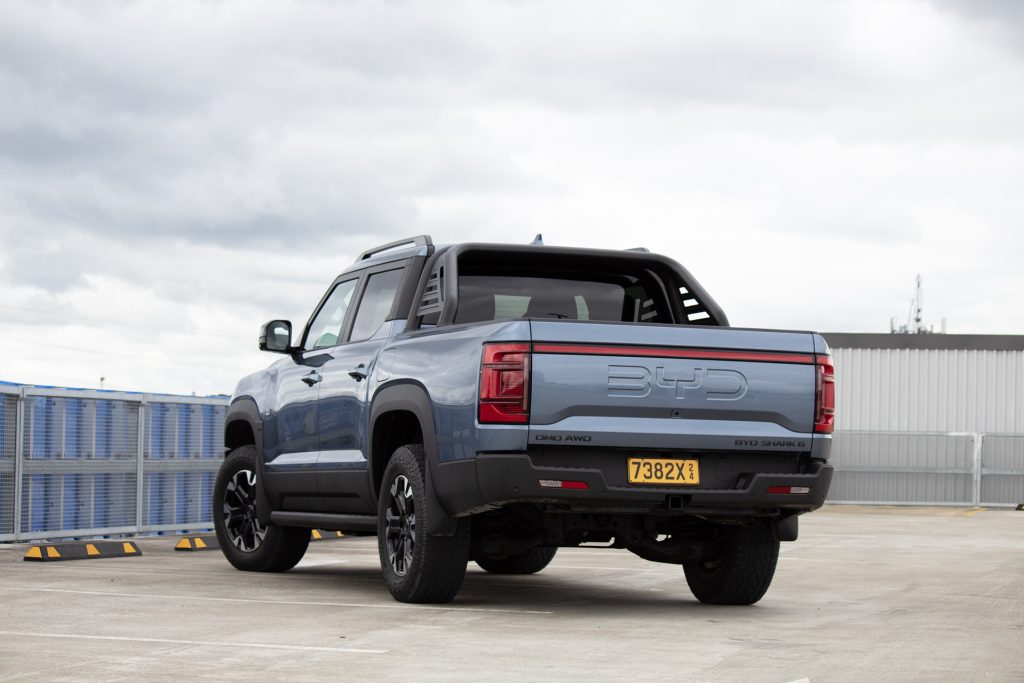
It’s Quick for a Double Cab
We didn’t have time to check its ultimate range but we gave it burst off the mark. BYD quotes a 0-100 time of 5.7sec. However we couldn’t quite replicate that, clocking 6.3sec. And that’s not quite enough to outpace the Ranger Raptor (6.1sec). The diesel-powered brigade run to 100km/h in the nine to eleven second bracket.
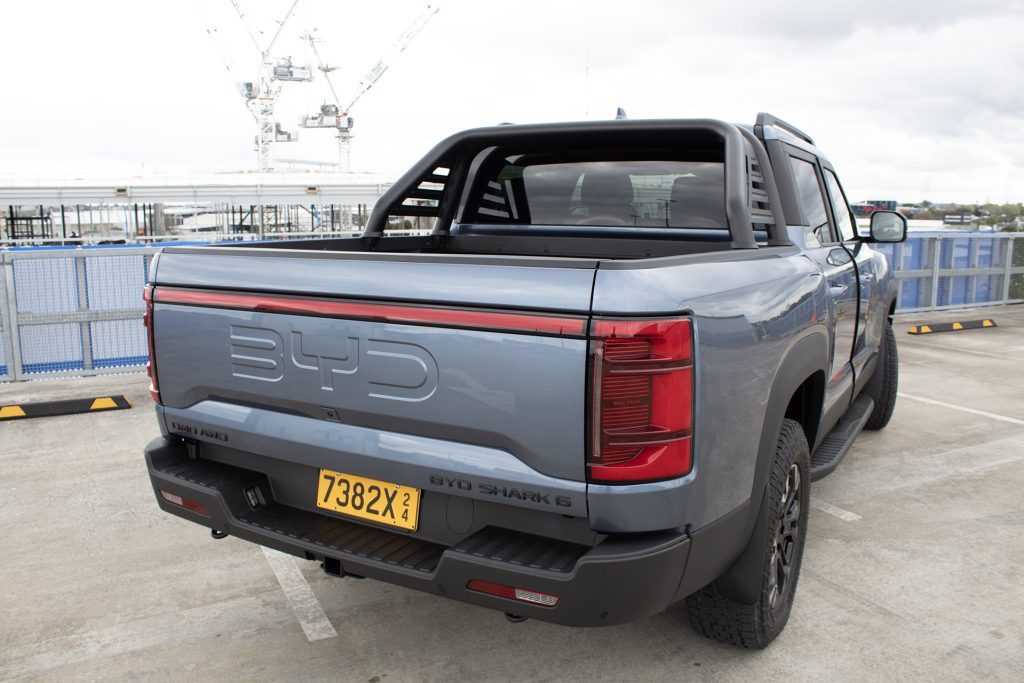
The BYD trumps them on fuel consumption; quoted figures being 2.0L/100km (when charged) with CO2 emissions at 46g/km. BYD also gives a hybrid mode figure, being 7.9L/100km. A Ranger biturbo can return 8.0L/100km, so you’ll need to recharge often to realise lower overall tailpipe emissions. Part of the purchasing decision needs to include charging stations at work premises to allow employees to recharge as often as possible.
Still Capable Though?
Towing is rated to 2500kg braked, 1000kg less than the sector norm. But with all that easy torque, it should haul stuff just fine. The Shark 6 weighs a claimed 2710kg, with GVM listed at 3500kg, leaving 790kg for payload (which includes the passengers).
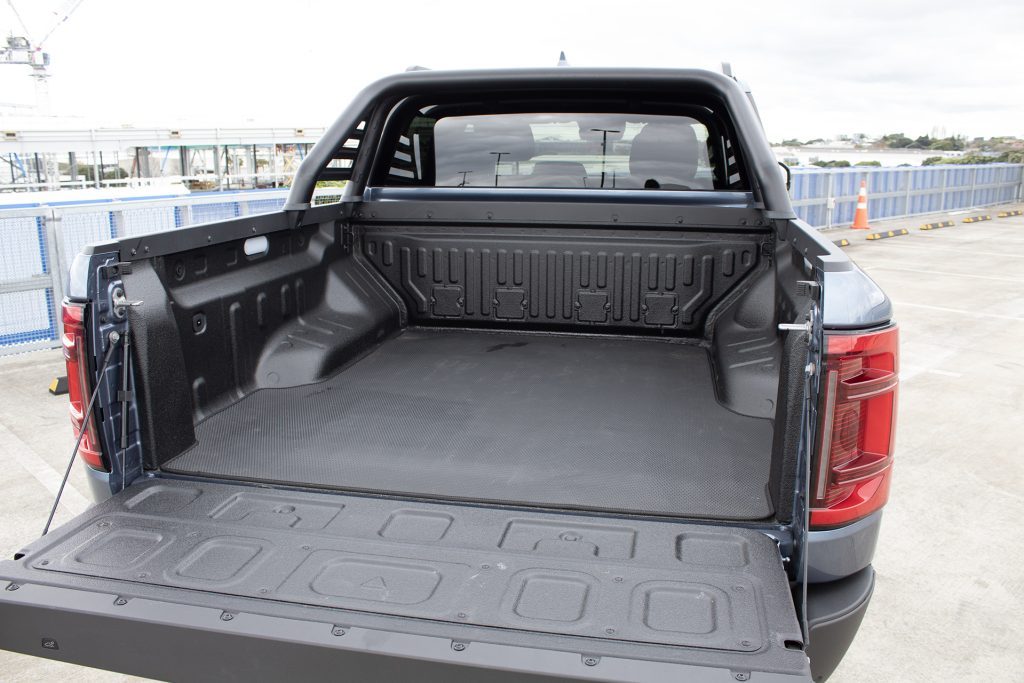
It has a full-size tray, measuring 137cm wide at the tailgate, 121cm between the arches and 153cm in length. There’s no step to help you up into the load area, and best not use the bumper either; it didn’t feel too robust when we tried. A handy feature is the trio of three-pin plugs in the wellside to run your equipment.
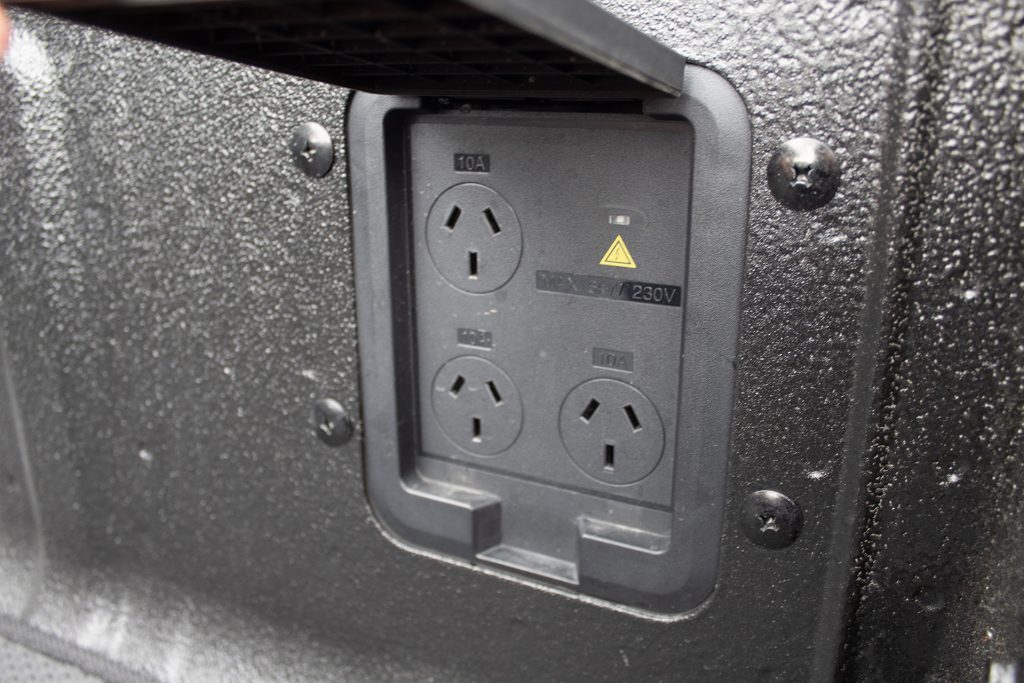
There is no low range but you get a selection of modes (mountain, snow, sand, mud) to prime the traction control for off-road action. Ground clearance is quoted at 200mm.
The First Impressions Are Positive
The interior quality is tops for the class, almost too good for a ute, all nicely lined and soft. It’s typical BYD with a big screen dominating the dash, and yes, it’s of the rotating kind. There’s another screen in front relaying all the drive info. BYD’s excellent surround view camera system features, as do plenty of storage and charge points. Back seat passengers do well for space, while head and legroom are excellent.
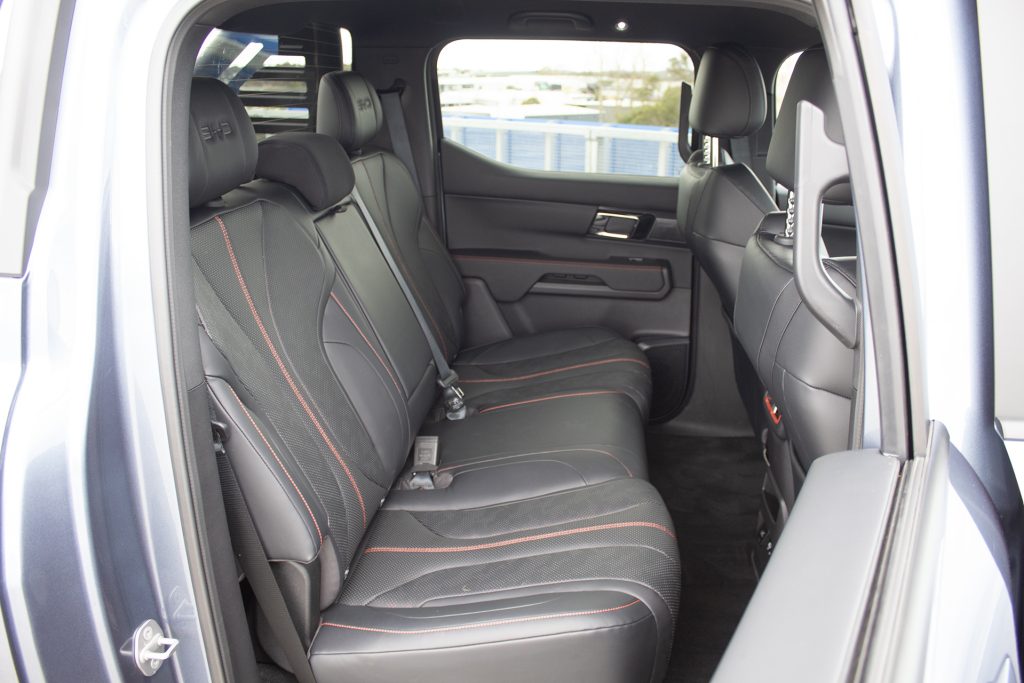
More an EV than a Hybrid
It might be a hybrid, but it feels more like an EV on the go. The power rolls on smoothly, the bulk torque summoned instantly. Its brake pedal is soft under foot, while the motor regen is mild. This is a big truck, bigger than a Ranger. And it feels it on the go, wide and commanding.
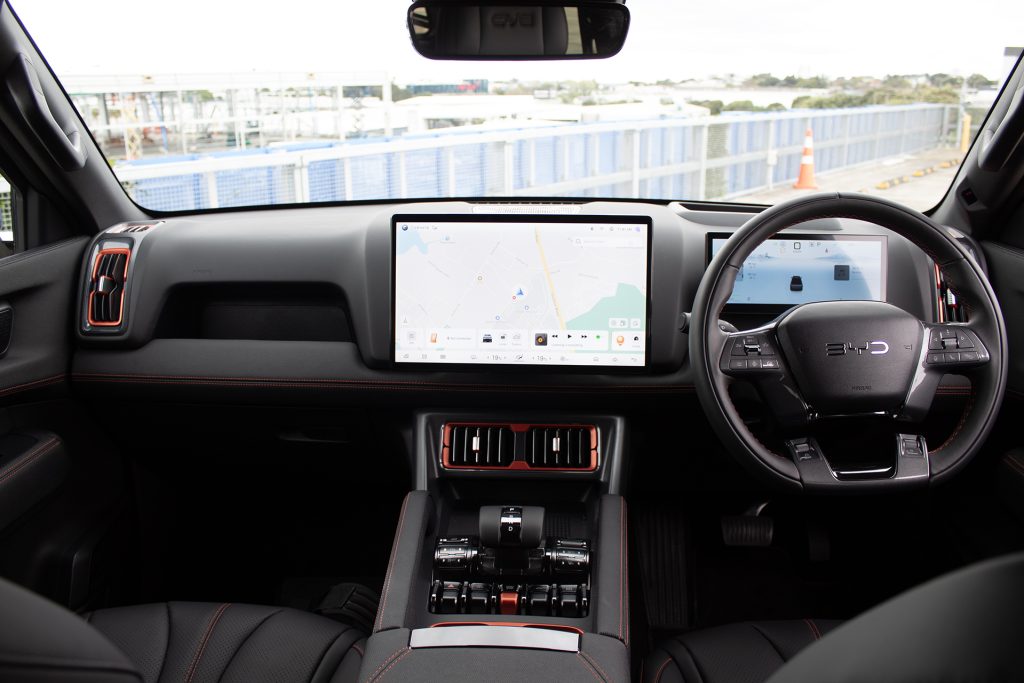
The steering assistance feels a little inconsistent, hopefully to be sorted with a re-tune. Sending it through a bend, there’s some roll at the rear which in turn upsets the front end, the tyres scrubbing a little too easily. So hopefully that roll bar fettling will sort that too. The suspension is by double wishbone front and rear, but it still has a separate chassis. Its ride is okay but the rear end is not immune to larger bumps, which send a jiggle through the cabin.
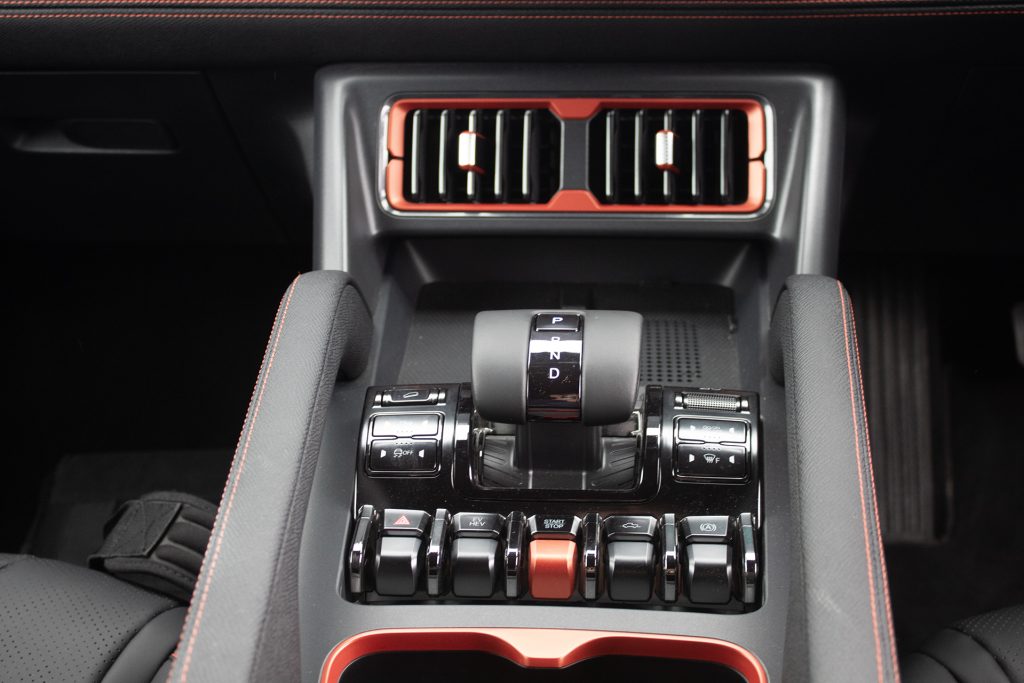
Final Thoughts
This is impressive but will a market segment obsessed with capability be willing to compromise on tow and payload for lower emissions? And is it too high end for its fleet aspirations? Its niche might be an alternative to the boss trucks like V6 Wildtrak and Amarok. We couldn’t help thinking this would make a good platform for a big seven-seater SUV. No doubt it’s in BYD’s future product plans for RHD markets.


